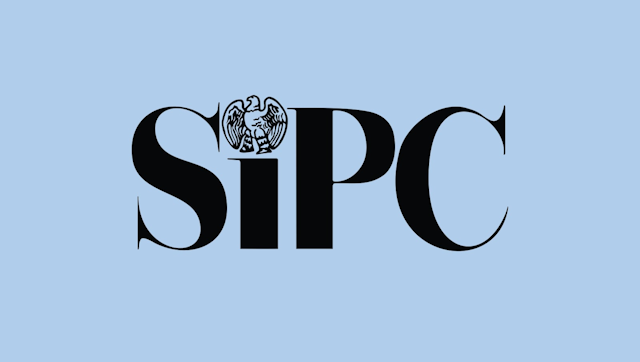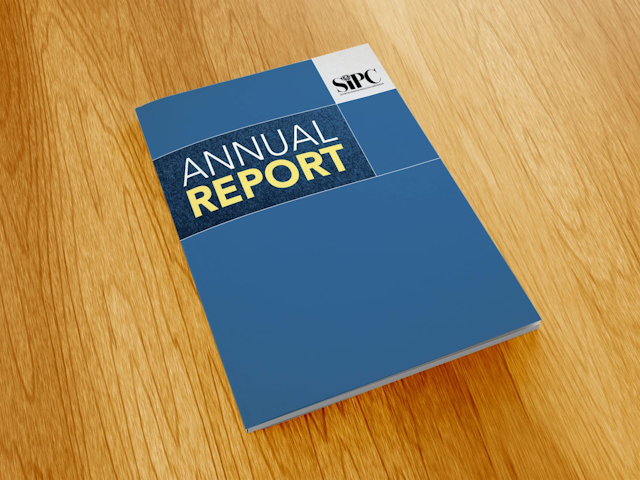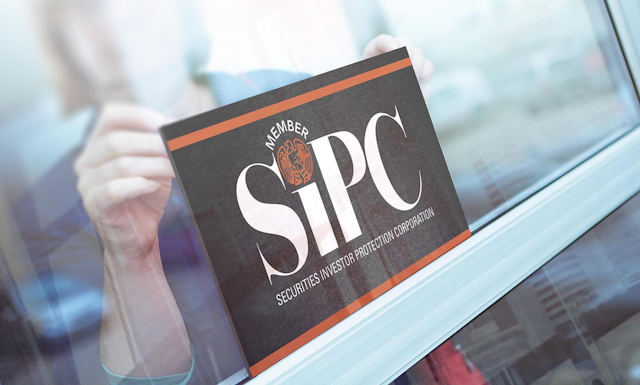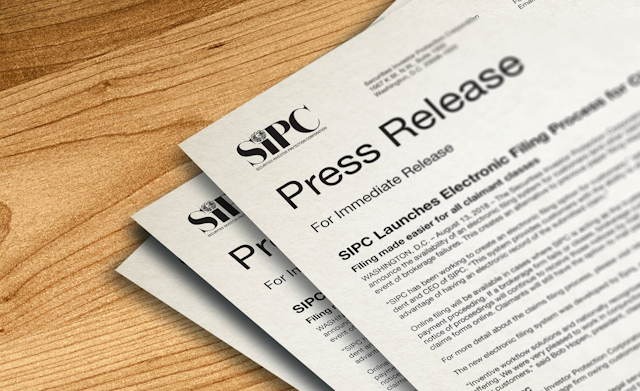WASHINGTON, D.C. & BEIJING – November 12, 2009 - The Securities Investor Protection Corporation (SIPC) and the China Securities Investor Protection Fund Corporation (SIPF) have entered into a memorandum of understanding (MOU) that will act as a framework for cross-border communication and cooperation with respect to the similar functions undertaken by the groups and covered by the laws of each country. In the U.S., the Securities Investor Protection Corporation (SIPC) maintains a special reserve fund authorized by Congress to help investors at failed brokerage firms.
The new SIPC-SIPF MOU lays the groundwork for the two entities to "…launch material cooperation projects in this field and jointly push forward the securities investor protection in both China and U.S. … (as) investors and investment companies begin engaging in related investment portfolio and investment transactions outside their native countries…"
SIPC President Stephen Harbeck said: "SIPC and SIPF recognize the need for protection of investors in both countries from insolvencies of member firms and the need for cooperation in handling cross border claims from investors. The parties accept the responsibility of working with each other to ensure that investors in both countries receive compensation promptly."
In his comments on the MOU, SIPF Chairman Chen Gongyan has stated: "The signing (of this MOU) marks an increasingly closer communication and cooperation in such areas as information sharing, mutual visit, communication and consultation between the two parties, and will be definitely a good beginning for China and U.S. to strengthen bilateral investor protection cooperation, and helps to promote the healthy and orderly development of securities markets in both countries."
The full text of the SIPC-SIPF memorandum of understanding is available online at MOU China 2009.pdf. The English language Web site of the China SIPF was also launched simultaneously with the signing ceremony of the MOU. That URL is http://www.sipf.com.cn/en/.
ABOUT THE GROUPS
The major responsibility of the China Securities Investor Protection Fund Corporation is to raise, manage and operate a securities investor protection fund; to monitor risks of securities companies and participate in the risk disposition of these companies; to indemnify creditors as required by China's relevant policies in case a securities company is subject to compulsory regulatory measures, including dissolution, closure, bankruptcy, administrative takeover by the CSRC and trustee operation; to organize and participate in the liquidation of the dissolved, closed or bankrupt securities companies; to manage and dispose of foreclosed assets and safeguard the fund's rights and interests; to put forward regulatory and disposal suggestions to the CSRC in case a securities company's operation and management have material risks that may damage investor's interests and the safety of the securities market; to join relevant authorities in establishing a rectification mechanism for the potential risks arising from operation of securities companies.
In the U.S., the Securities Investor Protection Corporation is the investor's first line of defense in the event a brokerage firm fails, owing customer cash and securities that are missing from customer accounts. SIPC either acts as trustee or works with an independent court-appointed trustee in a brokerage insolvency case to recover funds. The statute that created SIPC provides that customers of a failed brokerage firm receive all non-negotiable securities - such as stocks or bonds -- that are already registered in their names or in the process of being registered. At the same time, funds from the SIPC reserve are available to satisfy the remaining claims of each customer up to a maximum of $500,000. This figure includes a maximum of $100,000 on claims for cash. From the time Congress created it in 1970 through December 2008, SIPC has advanced $520 million in order to make possible the recovery of $160 billion in assets for an estimated 761,000 investors.
































